Exploring Sunsets and Sunrises on Mars: A Visual Journey
Written on
Capturing Martian Sunsets and Sunrises
The Curiosity rover documented a Martian sunset on April 15, 2015, showcasing colors reminiscent of human perception. While Martian sunsets display a range of hues, the striking blue shades offer an otherworldly aesthetic. Image credit: NASA/JPL-Caltech/MSSS/Texas A&M University.
NASA's spacecraft have been observing the sun's rise and fall on Mars for over 40 years, providing us with remarkable images of this distant planet. The InSight lander, primarily focused on subterranean studies, recently shared its captivating views of Martian sunrises and sunsets.
“It has become a tradition for Mars missions to capture these moments,” remarked Justin Maki, the imaging lead for InSight’s science team at NASA's Jet Propulsion Laboratory. “With our main imaging objectives completed, we took the opportunity to photograph the sun's ascent and descent from another world.”
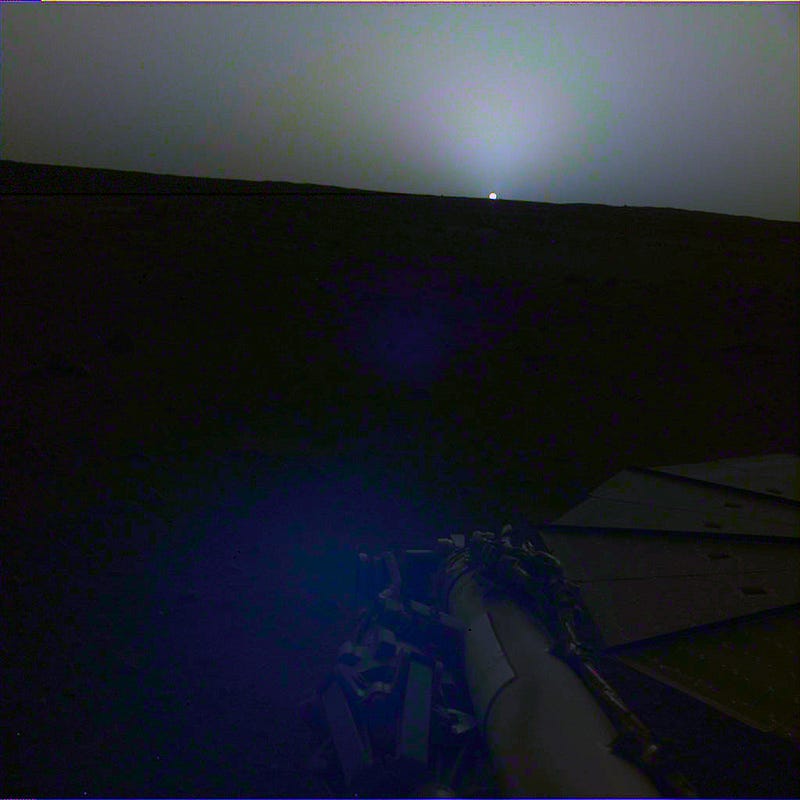
The sunset observed on Mars on April 25, 2019, was recorded by InSight, showcasing a color-corrected image that reflects how it would appear to the human eye. Image credit: NASA/JPL-Caltech.
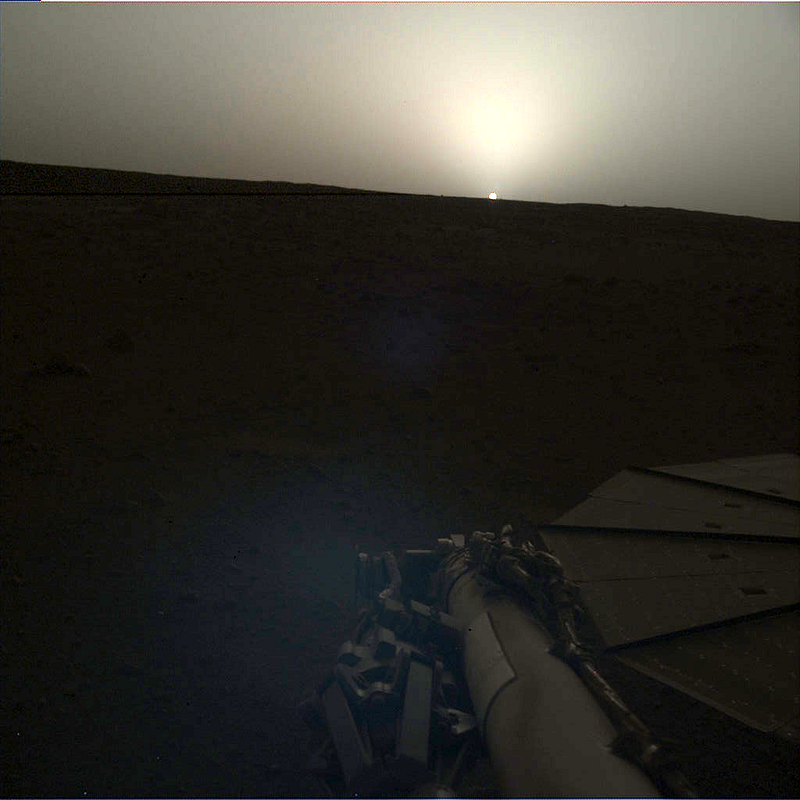
A similar sunset from April 25, 2019, is shown without color correction, revealing the stark beauty of the Martian landscape. Image credit: NASA/JPL-Caltech.
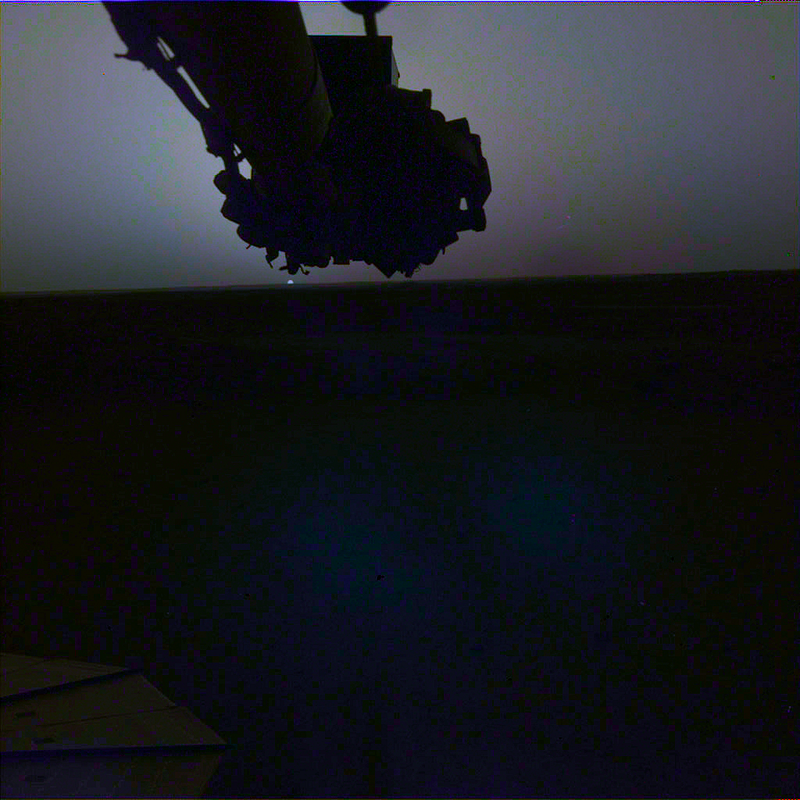
This color-corrected image depicts a Martian sunrise taken on April 24, 2019, by InSight’s Instrument Deployment Camera (IDC) mounted on the spacecraft's robotic arm.
Due to Mars' thin atmosphere—approximately 1% of Earth's—sunsets there often lack the vibrant colors we are accustomed to. Observers on Mars would perceive the sun as being two-thirds the size compared to what we see from Earth. Although clouds exist on Mars, they are generally sparse and may appear blue or pink.
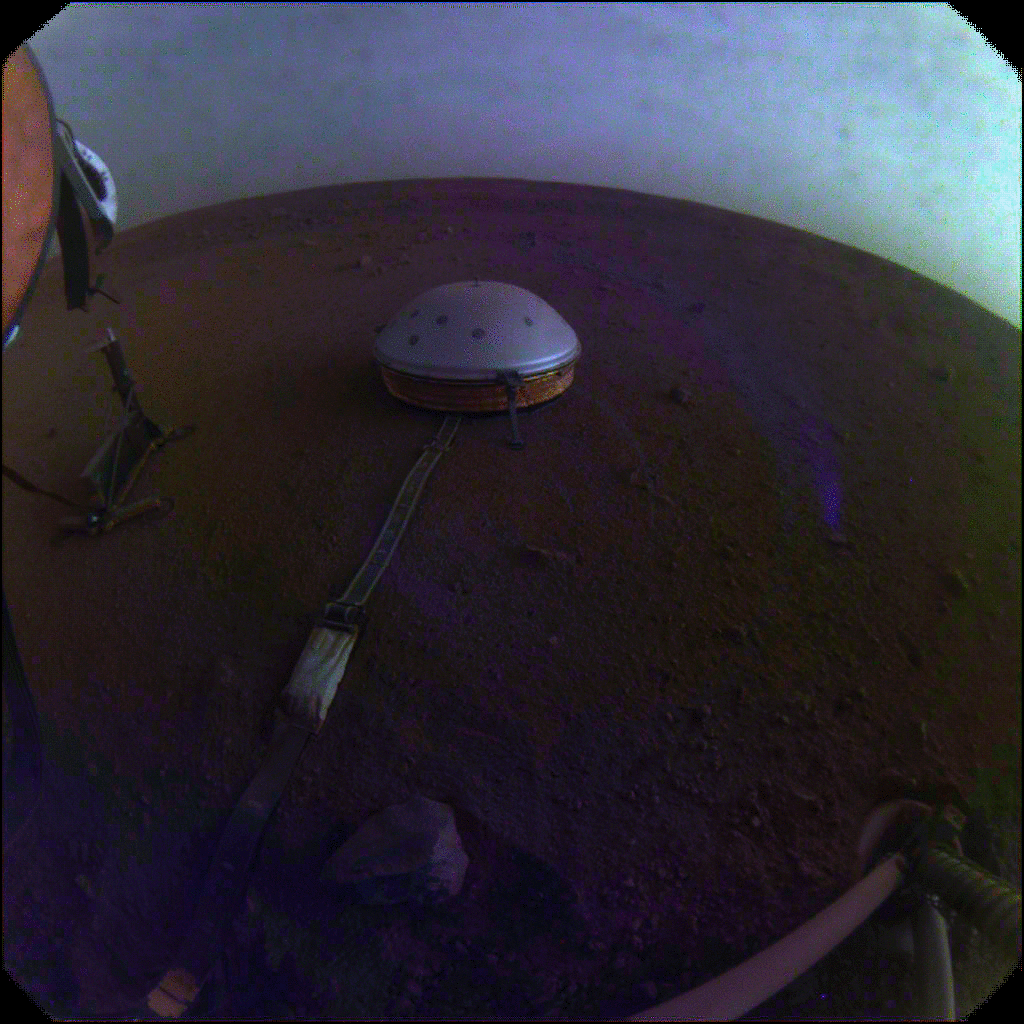
Martian clouds were observed during the sunset on April 25, 2019. These images, corrected for color, show how the sky may appear to a visitor on Mars. Image credit: NASA/JPL-Caltech.
The Martian sky is surprisingly diverse. Morning and evening can present a reddish hue, occasionally accented by blue near the sun. As NASA explains, “Dust in the atmosphere absorbs blue light, creating a red sky, while some blue light scatters around the sun due to its size.”

The Pathfinder mission captured this stunning view of a Martian sunset in 1997. Image credit: NASA/JPL.
Twilight imagery serves an important purpose; it aids scientists in detecting dust or ice clouds and assessing how high dust extends into Mars' thin atmosphere. Dust storms can engulf the entire planet, and understanding their dynamics is crucial for future human exploration.
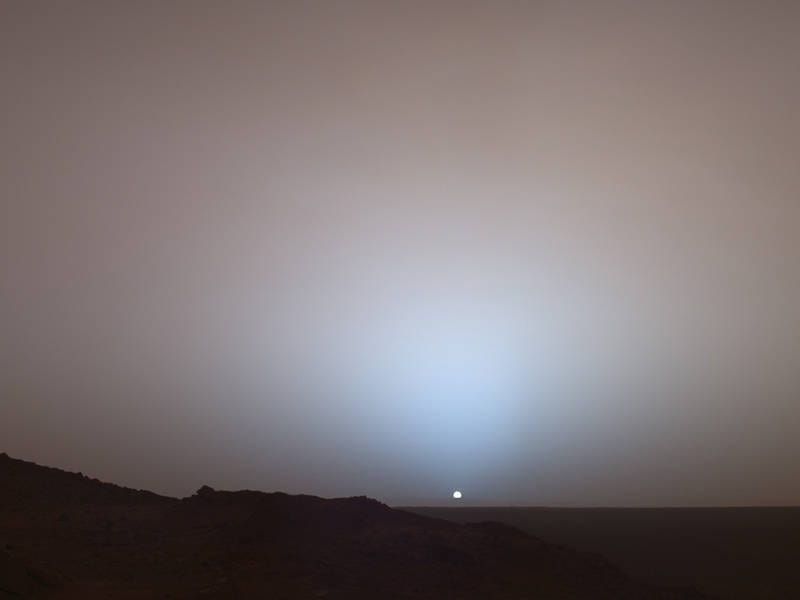
On May 19, 2005, the Mars Exploration Rover Spirit captured this Martian sunset. NASA noted, “The long twilight on Mars, compared to Earth, is due to sunlight scattering around the night side of the planet caused by high-altitude dust.” Image credit: NASA/JPL/Texas A&M/Cornell.
The first recorded Martian sunset dates back to 1976, when the Viking 1 lander captured an image that highlighted the landscape's shadows due to the low angle of the sun.
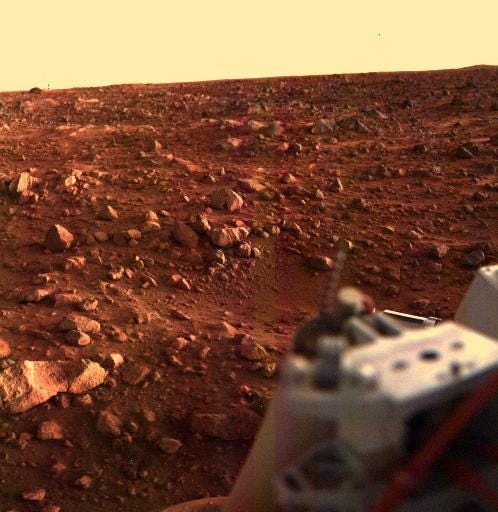
This image, taken about 15 minutes before sunset on August 21, 1976, illustrates diffuse shadows cast by sunlight scattered in the dusty Martian atmosphere. Image credit: NASA/JPL.
Following Viking 1, its counterpart Viking 2 took a sunrise shot two years later.
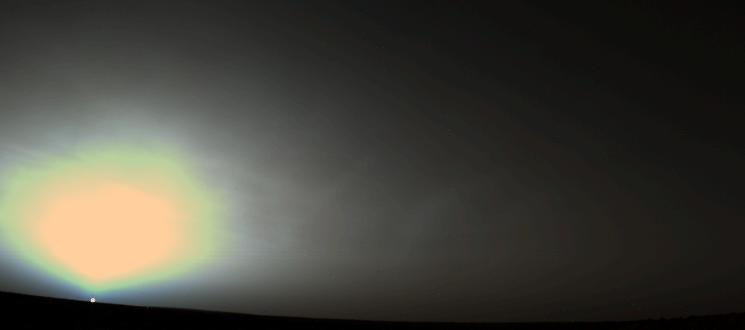
On June 14, 1978, the Viking 2 Lander recorded this sunrise, where the glow was created by light scattered and absorbed by tiny dust and ice particles in the Martian atmosphere. Image credit: NASA/JPL.
On Earth, the colors of sunrises and sunsets are influenced by atmospheric thickness, leading to different results. Blue light is scattered by our atmosphere, giving the sky its blue appearance. During sunrise and sunset, more blue light is scattered, leaving behind the warmer reds, oranges, and yellows.
For those considering a future on Mars, take a moment to appreciate the stunning light displays we experience here on Earth. You can delve deeper into the science behind this phenomenon by exploring:
Why is the Sky Blue?
The principles of atmospheric science explain the vibrant colors of sunsets as well.
Exploring Different Planetary Sunsets
This video, titled "What Does A Sunset Look Like on Each Planet?" provides insights into how sunsets vary across different planets in our solar system.
Understanding the Beauty of Sunrises and Sunsets
In this video, "What makes a sunset/sunrise so beautiful?", we delve into the factors that contribute to the breathtaking beauty of these daily occurrences.